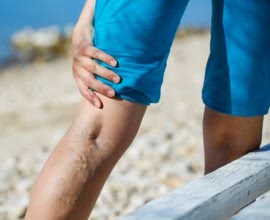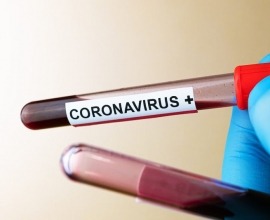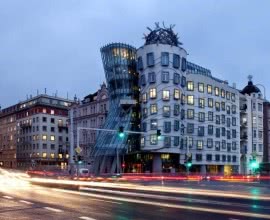VenaSeal: New Painless Treatment for Varicose Veins
Varicose veins as a disease is as old as the humankind. People suffered from the veins which had become enlarged and twisted and the leg pain and discomfort they evoked, already in Ancient Egypt and Byzantine Empire. That's why it's hard to believe that only now, at the beginning of the 21st century, there appeared treatments which cure varicose veins in full.
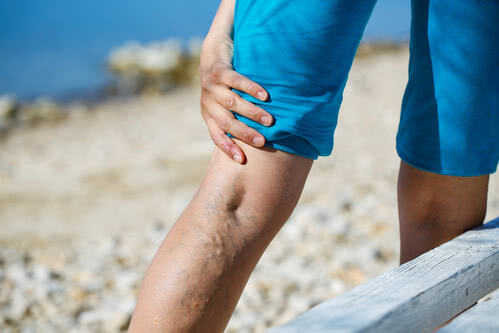
Disease of the Generation
There's though the explanation for that. Unfortunately for our veins, we live in the time of office clerks and IT specialists which means the sedentary lifestyle is perceived as the norm, even though it overall contributes to our well-being in a negative way. Now, there's more than 60% of women, and about 40% of men all over the world suffer from some form of venous disease, and these numbers are growing every day. Even ten years ago, the statistics looked much better.
Though there are various causes of varicose veins such as heredity (in more than 70% of all cases), pregnancy, obesity, menopause, aging, and others, there is a recently appeared term which specifically links the disease with our “nine-to-five” office jobs, “the computer varicose veins”. No matter what the reason is, if left untreated in the early stages, varicose veins can significantly diminish our mobility in those later stages.
Super Glue
All varicose veins treatments have been so far developing towards being as least invasive and painful as possible. VenaSeal, which is the most recent treatment appeared in Europe just a couple of years ago, is the first one which finally meets both criteria. In addition, it's also the first treatment which doesn't require any immediate post-treatment pain medication and wearing of compression stockings.
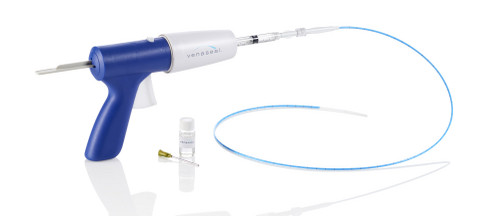
The VenaSeal procedure involves the placement of a very small amount of medical glue into the affected vein through a small catheter. The glue is supposed to “seal” the vein so blood is immediately re-routed through other healthy veins. Once the affected vein has been glued shut, it will undergo a process of hardening and will be gradually absorbed by the body.
VenaSeal treatment is not painful and causes minimal discomfort associated with needle injections. After the treatment, a patient can return to their normal activities right away. The VenaSeal treatment is indicated for varicose veins that produce mild to moderate symptoms such as pain, blood clots, or skin ulcers.
Published clinical studies show that so far VenaSeal has had an initial success rate of between 94% and 98.9% (6 months post treatment). In very rare cases, the possible side effects following the treatment might include mild pain and inflammation along the glued vein, and the skin numbness. Those are though successfully managed with anti-inflammatories such as Nurofen or Voltaren, light walking, rest (leg elevation), and stockings.
Why Treat Varicose Veins
Same as the spine, veins are a part of what can be described a vertical corset of our body. That's why back and vein problems, even though are of local character, affect our overall very basic human “vertical abilities” - to stay, sit or walk, so actually, our ability to function. It's advised to sign up for a consultation while the varicose veins are in the stage when they're only a cosmetic concern, so this doesn't lead to larger problems down the road.
Sources used:

